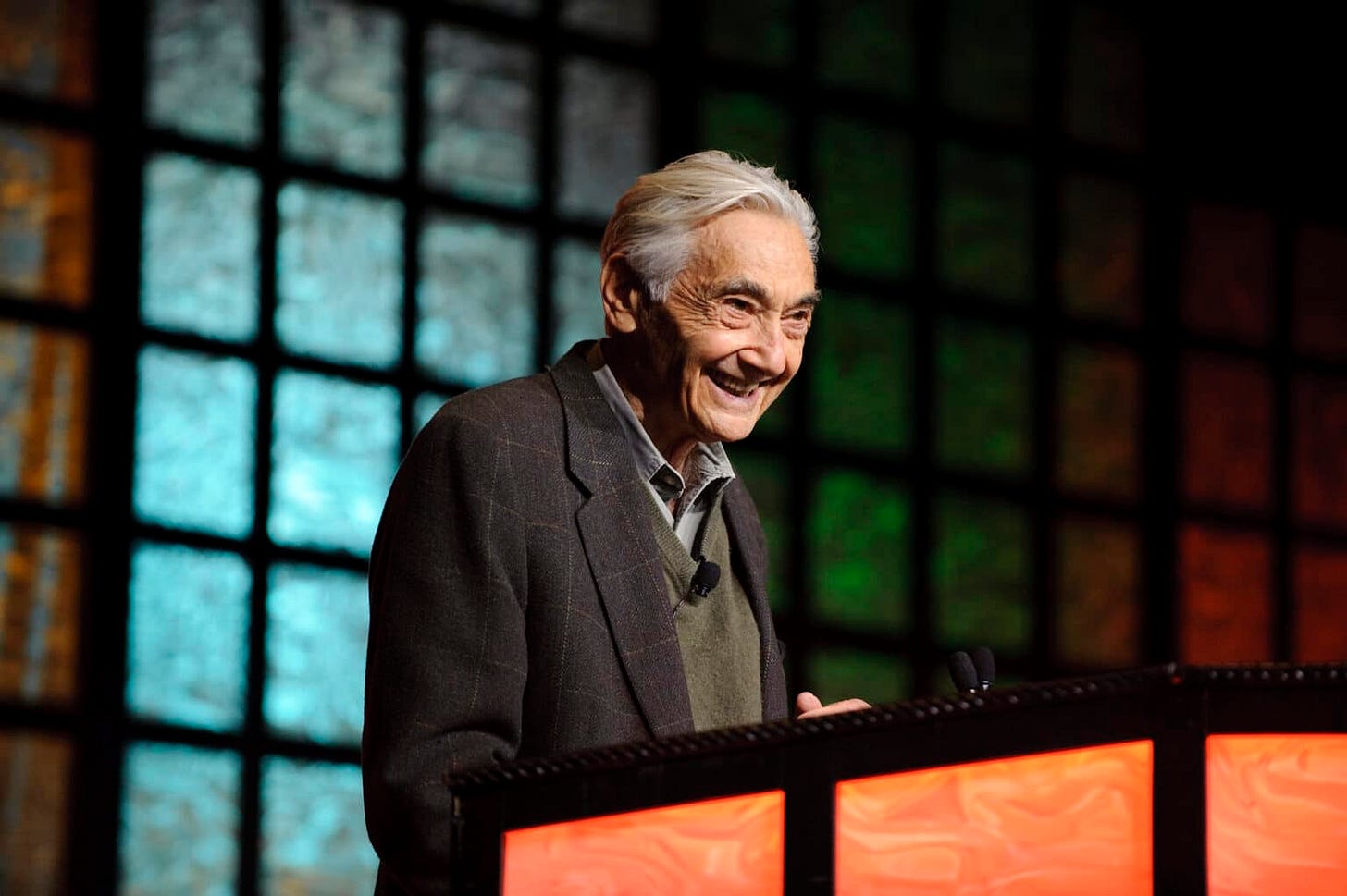The Hidden History of American Labor
Howard Zinn: WhatThey Don't Teach You in School
Think back to your history classes. What comes to mind? Presidents, wars, treaties, perhaps a mention of the Industrial Revolution, but what about the people actually building the nation? The men, women, and children who toiled in factories and fields, who faced brutal conditions and fought for a better life? Where are their stories?
The answer, according to historian Howard Zinn, is that they've been intentionally left out. Zinn, in his groundbreaking work, "A People's History of the United States," didn't just rewrite history; he unearthed the hidden history of American labor, the struggles, sacrifices, and victories that shaped the world we live in today. This is a history of resistance, a history of the forgotten.
The Eight-Hour Day: A Right Earned, Not Granted
Why do you work eight hours a day? Why do you have weekends? These seemingly simple questions reveal a profound truth: the rights and freedoms we often take for granted were not bestowed upon us by benevolent leaders. They were fought for, earned through decades of struggle and sacrifice. Yet, the history books often gloss over these crucial battles, leaving us with a sanitized version of progress.
Consider the fight for the eight-hour workday. The dominant narrative might paint a picture of gradual improvements, slowly granted by forward-thinking industrialists. But the reality is far more complex. It was a battle fought on the streets, in factories, and at the ballot box, fueled by labor activists demanding a fair share of the wealth they created. Workers understood that time was not merely money; it was life itself. The eight-hour day was about reclaiming time for family, leisure, and political participation.
The Great Railroad Strike of 1877: A Glimpse of the Violence
The summer of 1877 witnessed a pivotal moment in American labor history: the Great Railroad Strike. The strike, sparked by wage cuts during an economic depression, quickly spread across the nation, bringing rail traffic to a standstill. This wasn't a polite negotiation; this was an uprising. The government's response? Brutal suppression. Federal troops were deployed, firing on American workers, leaving dozens dead and many more injured.
This event reveals a stark truth about the relationship between the state and the working class. Often, the government, rather than acting as a neutral arbiter, sided with corporations and the wealthy, protecting their interests even at the cost of human lives. Imagine if the government acted the same way today. The question is, how would you respond?
The Uprising of the 20,000 and the Power of Collective Action
The early 20th century saw a surge in labor activism, particularly among immigrant workers. One of the most inspiring examples is the "Uprising of the 20,000" in New York City, led by young garment workers, many of them teenage girls. Imagine the courage it took to walk off the job, to defy powerful factory owners, knowing they faced arrest, violence, and starvation.
Clara Lemlich, a young immigrant, was a key figure in this uprising. Her fiery speeches and unwavering commitment inspired thousands to join the cause. This was a movement of the marginalized, demanding fair wages, safe working conditions, and respect. It's a powerful testament to the strength of collective action, the ability of ordinary people to change the world when they stand together.
The Ludlow Massacre and the Battle of Blair Mountain: The Cost of Freedom
The fight for workers' rights was often a bloody one. The Ludlow Massacre of 1914 saw the Colorado National Guard attack striking coal miners and their families, resulting in the deaths of women and children. This wasn't an isolated incident; it was part of a pattern of violence used to suppress labor movements.
Even more shocking was the Battle of Blair Mountain in 1921, the largest labor uprising in American history. Thousands of coal miners, armed with rifles, fought against a coalition of law enforcement, company guards, and even the U.S. Army. This conflict, fueled by years of exploitation and oppression, reveals the depth of the desperation felt by many workers. They understood they were fighting for their very survival.
"History is made by the actions of ordinary people. It's a history written from the bottom up." - Howard Zinn
The Power of Perspective: Why This Matters Today
Why should we care about these historical events? Because they shed light on the ongoing struggle for economic justice and social equality. The same forces that exploited workers in the past – greed, unchecked corporate power, and a government that often prioritizes the wealthy – are still at play today.
Understanding the history of labor helps us to:
Recognize the importance of collective action.
Understand that progress is not inevitable.
Question the narratives we are taught.
Recognize the ongoing fight for workers rights.
The True History: Watch the Video
Want a deeper understanding of Howard Zinn's revolutionary approach to history? Watch this excellent video:
Unlock deeper insights with a 10% discount on the annual plan.
Support thoughtful analysis and join a growing community of readers committed to understanding the world through philosophy and reason.
Carrying the Torch Forward
Howard Zinn's work offers a powerful challenge to the conventional narratives we're often presented with. He showed us that history is not just a collection of dates and names; it's a story of struggle, resistance, and the unwavering pursuit of a better world.
The battles fought by the American labor movement shaped the freedoms we enjoy today. From the eight-hour workday to the right to organize, these victories were hard-won. As you go forward, consider the sacrifices made and the fights that remain. What will your contribution be? How will you carry the torch forward?



